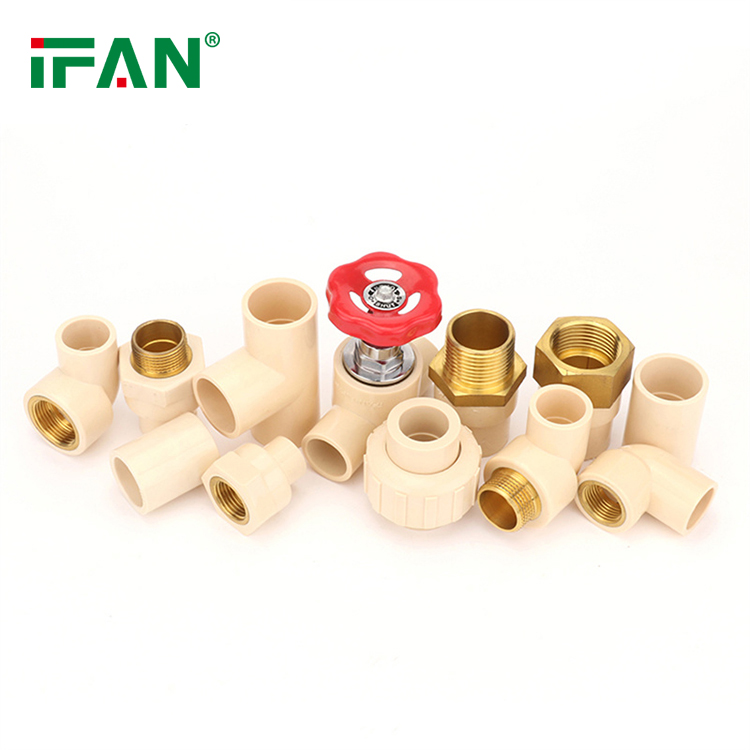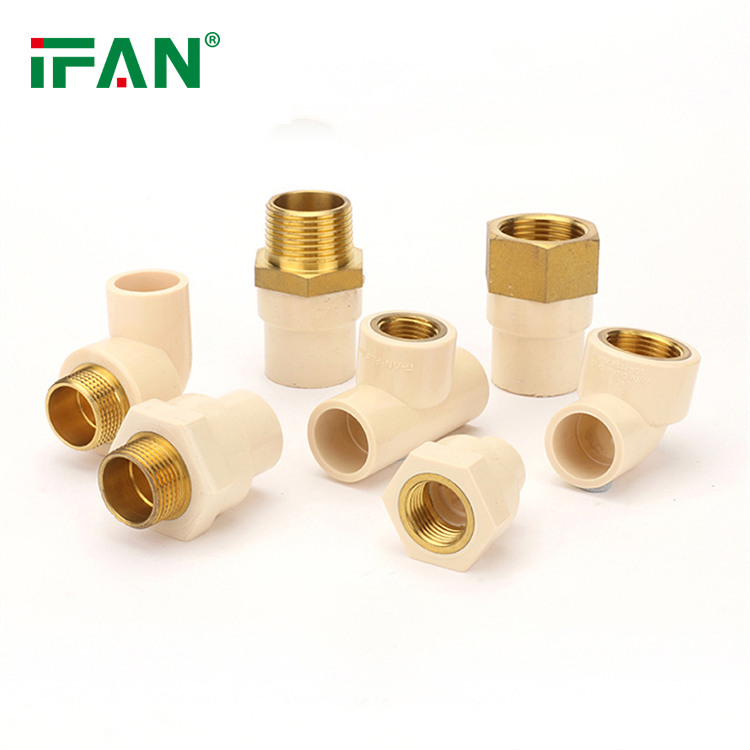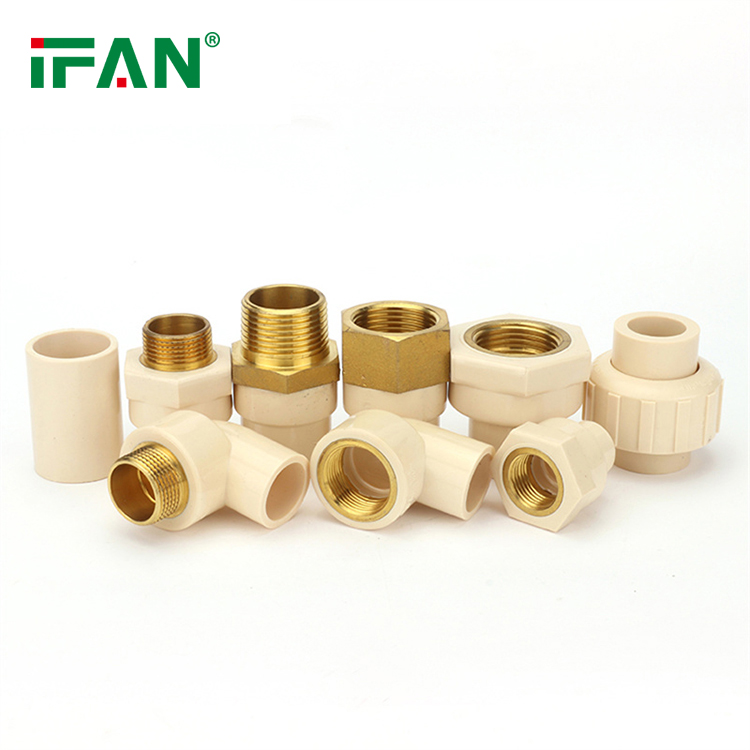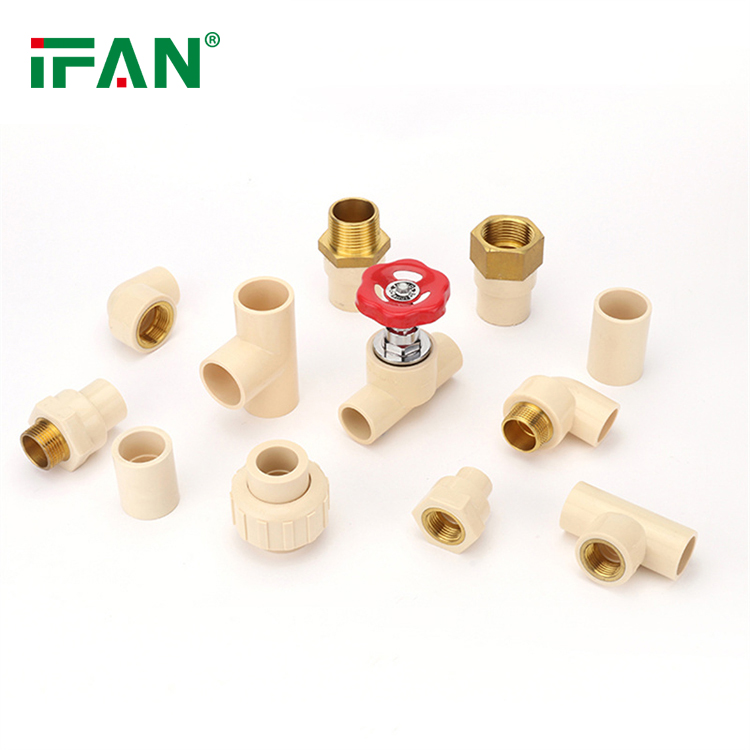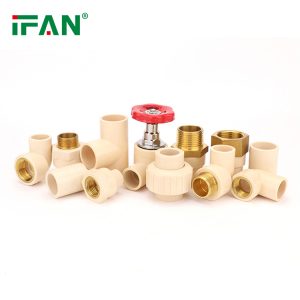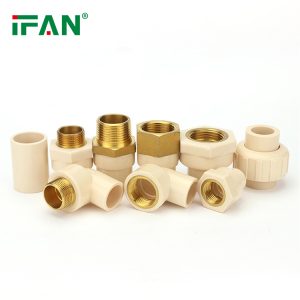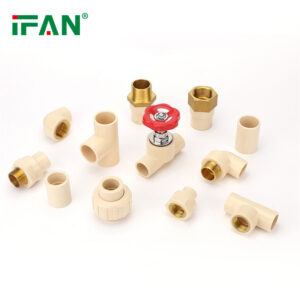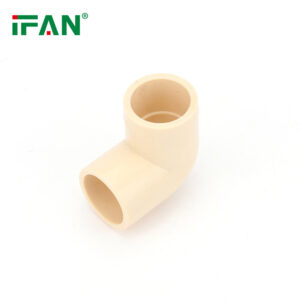Description
IFAN factory 30+ years manufacture experience support color /size customization support free sample.Welcome to consult for catalog and free samples.This is our Facebook Website:www.facebook.com,Click to watch IFAN’s product video.Compared with Tomex products, our IFAN products from quality to price are your best choice, welcome to buy!
Introduction
CPVC (Chlorinated Polyvinyl Chloride) fittings are known for their durability and chemical resistance, but like any component in a plumbing system, they may require repair or replacement over time due to wear, damage, or changes in system requirements. Understanding effective repair and replacement techniques for CPVC fittings is essential for maintaining the integrity and functionality of plumbing systems in residential, commercial, and industrial settings. This article explores key methods and considerations for CPVC fitting repair and replacement, ensuring efficient and reliable plumbing system maintenance.
Inspection and Assessment
Before undertaking any repair or replacement of CPVC fittings, a thorough inspection and assessment of the plumbing system are crucial. Inspect fittings for signs of wear, corrosion, cracks, or leaks. Use appropriate tools such as flashlights and inspection mirrors to access concealed areas. Assess the overall condition of the CPVC pipes and fittings to determine the scope of repair or replacement needed. Identify potential causes of damage, such as excessive pressure, improper installation, or chemical exposure. This initial inspection phase lays the groundwork for developing a targeted repair or replacement strategy that addresses specific issues while minimizing disruption to the plumbing system.
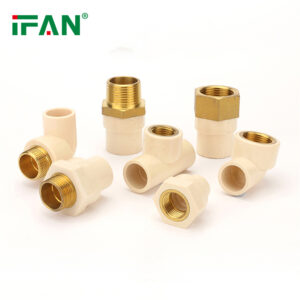
Repair Techniques
Repairing CPVC fittings typically involves addressing localized damage or leaks without replacing the entire fitting. For minor leaks or cracks, utilize CPVC-compatible repair epoxy or sealants designed specifically for plumbing applications. Clean and dry the affected area thoroughly before applying the epoxy or sealant to ensure a secure bond. Allow sufficient curing time as per manufacturer instructions before restoring water flow through the repaired fitting. In cases where a fitting joint has failed, consider resealing with CPVC-compatible solvent cement to reinforce joint integrity. It’s essential to follow manufacturer guidelines and local plumbing codes during repair to maintain system reliability and compliance with safety standards.
Replacement Procedures
When CPVC fittings exhibit extensive damage or wear beyond repair, replacement becomes necessary to restore plumbing system functionality. Begin by shutting off the water supply to the affected area and draining residual water from the pipes to prevent further leakage or flooding. Use appropriate tools such as pipe cutters or saws to carefully remove the damaged CPVC fitting while minimizing disruption to surrounding pipes. Measure and prepare replacement CPVC fittings of the correct size and type, ensuring compatibility with existing plumbing components. Securely join replacement fittings using CPVC solvent cement, following precise application and curing procedures to achieve leak-free connections. Conduct thorough pressure testing post-replacement to verify system integrity and identify potential leaks before returning the plumbing system to full operational status.
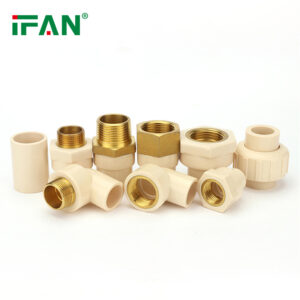
Preventive Maintenance Strategies
Implementing proactive preventive maintenance measures can extend the lifespan of CPVC fittings and mitigate the need for frequent repairs or replacements. Regularly inspect plumbing systems for early signs of wear, corrosion, or leaks, and address minor issues promptly to prevent escalation. Schedule periodic flushing and cleaning of CPVC pipes to remove sediment buildup and maintain optimal flow rates. Educate building occupants or homeowners on proper plumbing usage practices to minimize strain on CPVC fittings and prevent accidental damage. Consider upgrading to high-quality CPVC fittings with enhanced durability and performance characteristics for critical applications prone to frequent maintenance challenges. By integrating preventive maintenance strategies into routine building maintenance schedules, stakeholders can enhance plumbing system reliability and longevity while minimizing operational disruptions and repair costs.
Conclusion
In conclusion, effective repair and replacement techniques for CPVC fittings are essential for ensuring the continued functionality and efficiency of plumbing systems in various building applications. From initial inspection and assessment to the implementation of targeted repair or replacement procedures, meticulous attention to detail and adherence to manufacturer guidelines and plumbing codes are critical. By leveraging appropriate tools and materials, stakeholders can address CPVC fitting issues promptly and effectively, thereby extending the lifespan of plumbing infrastructure and optimizing system performance. Through proactive preventive maintenance strategies, building owners and facility managers can mitigate potential risks and maintain plumbing system reliability over the long term. As advancements in CPVC technology continue to evolve, ongoing education and training on best practices for repair, replacement, and maintenance will further enhance industry standards and promote sustainable building practices.
This comprehensive overview underscores the importance of proactive maintenance and informed decision-making in managing CPVC fittings within building plumbing systems, ensuring operational efficiency, and longevity.
Related products
-
CPVC ASTM2846
Revolutionizing Fluid Control: CPVC Fitting Valve
-
CPVC ASTM2846
Elevating Piping Solutions: CPVC Fitting Elbow


